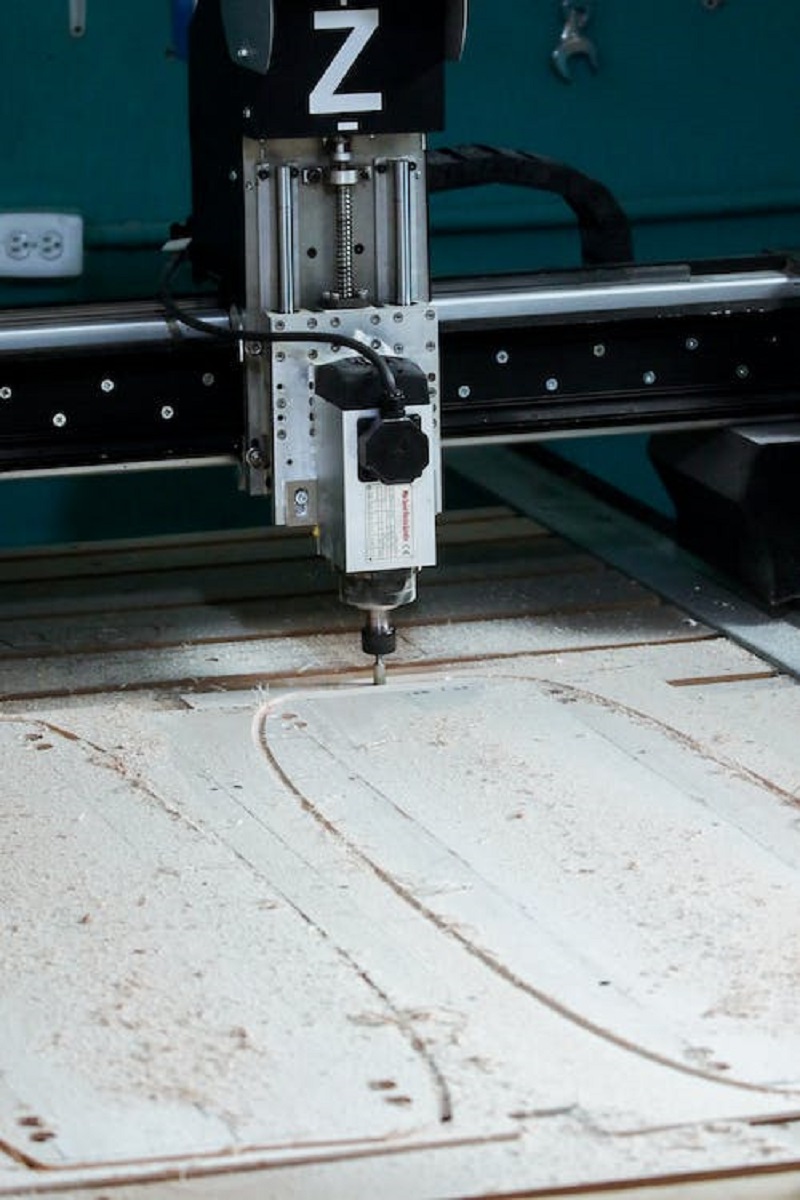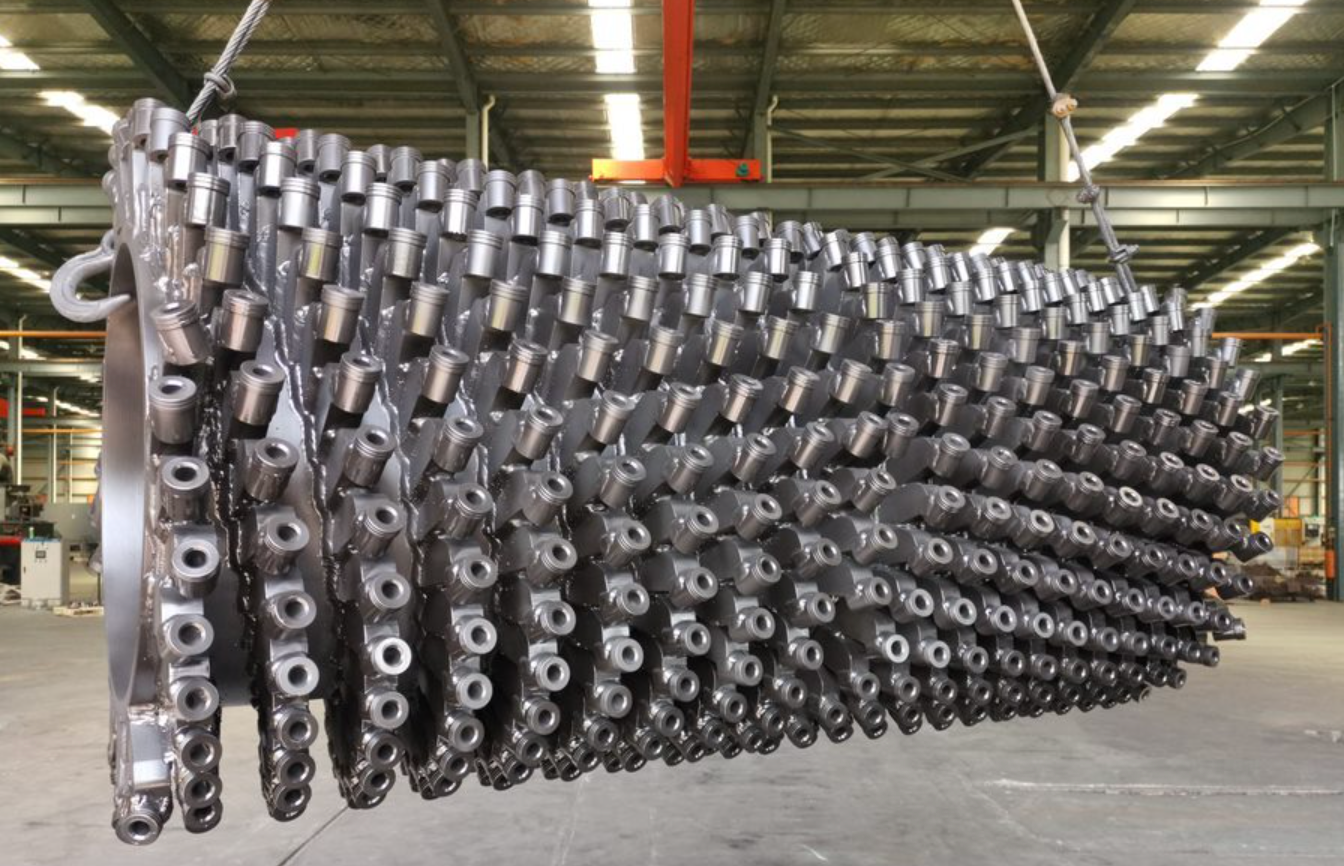There’s no doubt the industrial and manufacturing sectors have come a long way since their modest beginnings, with small parts and components now able to be created with a level of accuracy and precision that was unimaginable in the past. The introduction of milling machines has had a huge impact on these industries, allowing them to increase production throughput and create components with far better accuracy than before.
Naturally, these machines have undergone a variety of changes over the years, mainly thanks to the introduction of computer numerical control (CNC) technology, which has allowed machines to operate on their own without constant human supervision. The imminent advent of artificial intelligence in manufacturing promises even greater levels of accuracy and performance from milling machines.
What Are Milling Machines Used For?

Of course, if you decide to buy a milling machine for your manufacturing business, you’ll want to know exactly what it’s used for. The way it handles manufacturing tasks depends on the type of milling machine you opt for, but in general, these machines are used for a specific set of purposes, including:
Machining Geooves and Slotting Keyways
There’s a lot of precision work required when creating grooves and slotting keyways in a large range of materials, including metals and plastics. This is something that can be easily accomplished with a milling machine, which can quickly and accurately cut out grooves of varying depth and width.
The way this works is that the device makes use of a rotating cutting tool, such as an end mill or drill bit, to cut away at the material in order to create the desired shapes. This means that no matter how complex the shape may be, a milling machine can handle it with ease.
Producing Flat Surfaces
Flat surfaces are another common requirement in most manufacturing processes, and once again this is something that these devices can do with ease. This is often done using a process known as facing, whereby the cutting tool moves in a circular pattern along the surface of the material to create a flat area that’s free from any imperfections.
Drilling and Boring Holes

When you’re in need of larger and deeper holes than what can be achieved with a drill press, then you’ll need something more powerful. While this task is much easier than boring smaller and more precise holes, it’s still something that requires a certain amount of accuracy.
Milling machines are very well-suited to this task as they can bore the necessary size of hole depending on the cutting tool used, which basically serves the same purpose as a drill bit. With this kind of control, you can be sure that the holes will be perfectly aligned and meet any required specifications.
Cutting Gears and Circular Profiles
Gears are widely used in most industries, from automotive to aerospace, so it’s important to ensure that they’re machined properly. Their inherent complexity means that only the most skilled and experienced engineers can produce them, but with the help of a milling machine, this process can be made much easier.
These devices are very effective at cutting circular profiles, which means they’re suitable for producing precision gears. The size and shape of the gear can be adjusted with the help of a cutting tool, while an accurate finish is guaranteed thanks to the machine’s ability to control its movements in very small increments.
Machining Helical Surfaces
Helical surfaces are often found on screws, rotors and other components, and they can be difficult to create by hand. Even if the engineer managed to create them, it would still be difficult to ensure that they were perfectly consistent and free from any imperfections.
Fortunately, the use of specialised machines makes it possible to produce helical surfaces with ease. These devices can accurately cut into the material, allowing for a perfect finish that meets all requirements.
Main Types of Milling Machines

Once you decide to buy a milling machine, it’s important to understand that there are various types available. Different machines will have different capabilities depending on the intended applications and the material they’re designed to work with.
Rotary Table Milling Machines
This type of device uses a rotary table that is capable of being tilted, making it well-suited for machining complex curved surfaces. It’s often used in the aerospace and automotive industries where accuracy is paramount, and it can also be used for producing gears and cutting grooves.
Tracer Controlled Milling Machines
As the name suggests, these models use a tracer to guide them during the machining process. This is generally done with the help of a stylus that follows along a template, though more modern setups may employ lasers or other forms of light to trace the template’s shape.
CNC Milling Machines
Computer numerical control (CNC) milling machines are very popular in the manufacturing industry since they offer unparalleled accuracy and precision. The device is programmed with specific instructions, after which it will carry out the machining operations without any human supervision. This is ideal for businesses that need large volumes of parts machined quickly and accurately.
Drum Milling Machines

This version is designed to produce components that have a cylindrical profile, such as rotors or shafts. As the name implies, it uses a rotating drum to achieve this, while also providing high levels of accuracy and precision.
Universal Milling Machines
These devices are versatile enough to handle a wide range of machining tasks, including milling, drilling, boring and tapping. They use spindles that can be adjusted to different angles in order to create a variety of shapes and sizes. This makes them suitable for small-scale manufacturing operations where flexibility is important.
